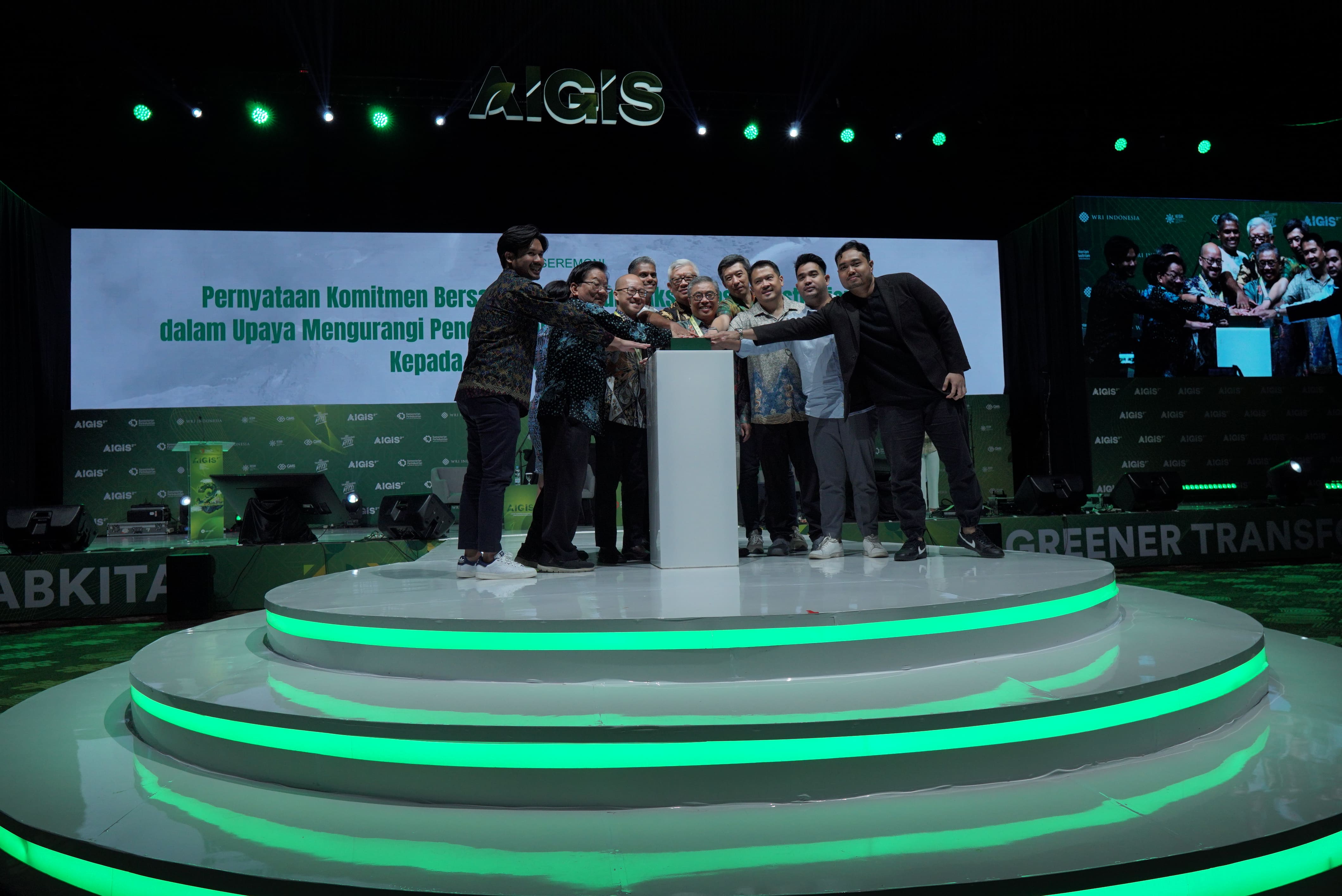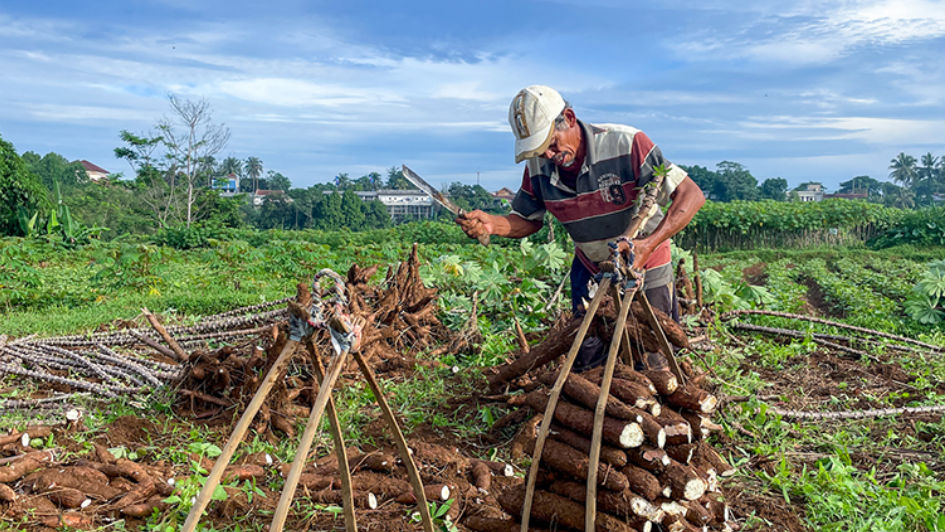Greenhope Living Lab
Friday, 11 August 2023
The Living Lab is a miniature biodegradation process of Greenhope products (Oxium, Ecoplas, and Naturloop) that aims to visualize the fourth concept of the 4Rs, namely Return to Earth. Greenhope products are placed in a terrarium that resembles a natural environment and monitored until biodegradation occurs. There are 3 terrariums using soil media, and 1 aquarium using microalgae. Each terrarium is divided into 2 parts: conventional plastic and Oxium/Ecoplas/Naturloop.
- Oxium Biodegradation Process
Living Lab Terrarium Oxium
Oxium will decompose within 2-5 years through a two-stage degradation process, namely:
a) Abiotic degradation.
Oxium degradation is triggered by chemical and physical processes such as sunlight, temperature, and/or humidity. Oxium's active ingredients will activate the molecular degradation process of plastics, turning them into small molecular weight compounds that do not have plastic properties. The remaining molecular weight of Oxium will be less than 5000 Daltons and will be available for biological degradation.
b) Biotic degradation or biodegradation.
Biodegradation, where the residual plastic molecules will be completely decomposed by microbes into biomass, water (H2O), and carbon dioxide gas (CO2) under aerobic conditions, or methane gas (CH4) under anaerobic conditions.
- Ecoplast Biodegradation Process
Ecoplast Terrarium Living Lab
Ecoplas is a biodegradable bioplastic in soil within 7 months - 1 year. Ecoplas is a starch-based bioplastic compound. Starch molecules grafted into plastic polymers produce new compounds with biodegradability. When it encounters soil or an open environment, soil organisms (worms, soil insects, including microorganisms) can eat and break down Ecoplasts.
- Naturloop Biodegradation Process
Ecoplast Living Lab Terrarium
Naturloop is a compstable bioplastic, which is a bioplastic that can decompose in a composting environment including home and industrial compost. Naturloop together with other organic compounds can be decomposed by microorganisms to produce organic compost and fertilize soil fertility. Internal tests found that Naturloop decomposes over 3-6 months in compost, soil, rivers, lakes and seawater. Conventional plastics do not break down in the composting environment.
- Oxium Biodegradation Process with Microalgae
Living Lab Aquarium Microalgae
In the aquatic environment, microalgae are the first-level producers and occupy the lowest position in the food chain. The disruption of microalgae life will affect the entire food chain. Independent and credible research by scientists found that when Oxium is added to plastic, there is already a decrease in molecular weight, making it more soluble and degradable in the aquatic environment. In contrast, conventional plastics will suppress the growth of microalgae as shown by the brownish color of the aquarium.
In a specially designed Living Lab, Greenhope was able to truly prove that plastic products can degrade back into nature quickly and effectively. This illustrates that in various tests and studies such as Lab evidence ASTM6954, ASTM6600, ASTM6400, landfill evidence Benowo, ITB, animal self-test, and currently the Living Lab, Greenhope continues to prove its quality that strong and effective biodegradable solutions have contributed to environmental protection and plastic waste reduction.



